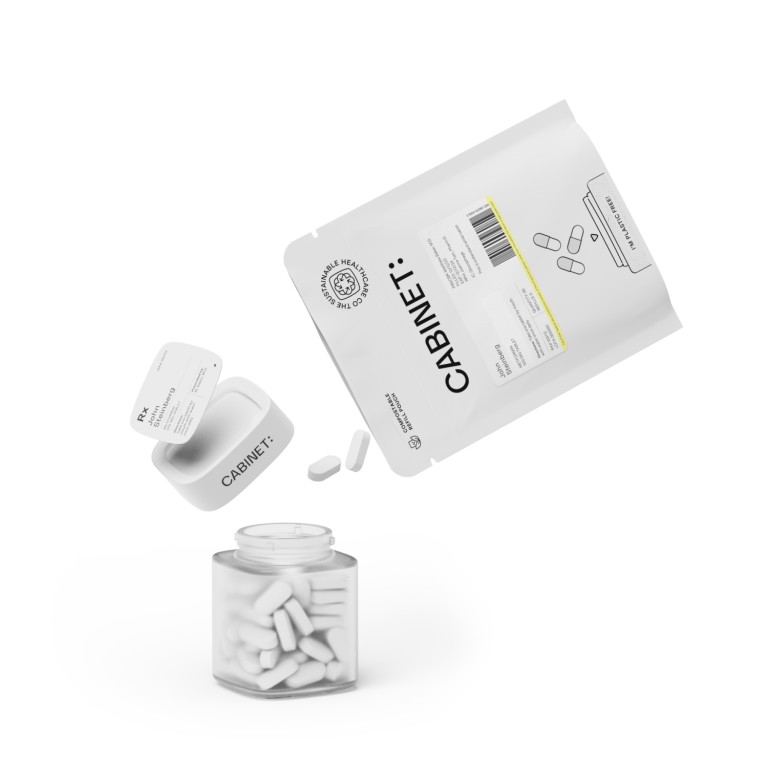Plavix is a medication commonly prescribed to individuals with certain heart conditions. It plays a crucial role in preventing the formation of blood clots that can lead to heart attacks and strokes. However, to ensure its effectiveness, it is essential to refill your Plavix prescription regularly. In this article, we will delve into the importance of understanding Plavix and its uses, the significance of regular refills, steps to refill your prescription, dealing with insurance for prescription refills, and cost-saving strategies you can employ.
Understanding Plavix and Its Uses
What is Plavix?
Plavix, also known by its generic name clopidogrel, belongs to a class of medications called antiplatelet drugs. It works by preventing platelets in the blood from sticking together, thus reducing the risk of blood clots. This medication is often prescribed to individuals who have recently experienced a heart attack, stroke, or severe chest pain (angina).
When platelets stick together, they form a clot that can block blood flow to vital organs, such as the heart or brain. By inhibiting platelet aggregation, Plavix helps to maintain normal blood flow and prevent the formation of dangerous blood clots.
Plavix is available in tablet form and is taken orally. It is usually prescribed in combination with other medications, such as aspirin, to provide the most effective treatment for cardiovascular conditions.
Why is Plavix Prescribed?
Patients are typically prescribed Plavix as part of their overall treatment plan for various cardiovascular conditions. It is commonly used to prevent future heart events, such as heart attacks and strokes, in individuals who have had a previous heart attack, stroke, or peripheral arterial disease. Plavix may also be prescribed after certain heart-related procedures, like stent placement, to prevent blood clots from forming around the device.
Plavix is particularly beneficial for patients who have undergone coronary artery stenting, a procedure in which a small metal mesh tube is inserted into a narrowed or blocked coronary artery to improve blood flow. After stent placement, there is a risk of blood clots forming around the stent, which can lead to serious complications. By taking Plavix, patients can significantly reduce this risk and enhance the success of the procedure.
In addition to preventing blood clots, Plavix has been found to have other potential benefits. Research suggests that it may help reduce the risk of recurrent heart attacks, strokes, and death in patients with acute coronary syndrome. Acute coronary syndrome refers to a group of conditions that occur due to reduced blood flow to the heart, such as unstable angina or myocardial infarction.
Furthermore, Plavix has shown promise in preventing blood clots in individuals with atrial fibrillation, a common heart rhythm disorder that increases the risk of stroke. By inhibiting platelet aggregation, Plavix can help prevent the formation of blood clots in the atria, reducing the likelihood of stroke in patients with this condition.
It is important to note that Plavix should only be taken under the guidance and supervision of a healthcare professional. The dosage and duration of treatment will vary depending on the individual's medical history, condition, and response to the medication.
The Importance of Regular Refills
Risks of Missing a Dose
Adhering to your prescribed Plavix regimen is crucial to its effectiveness. Missing a dose can increase the risk of blood clots and may compromise the medication's ability to prevent future heart events. It is important to take Plavix as prescribed by your healthcare provider and to refill your prescription promptly to avoid any lapses in treatment.
Maintaining Consistent Blood Levels
Plavix works by suppressing platelet activity and ensuring platelets do not clump together. To maintain consistent blood levels of the medication, it is imperative to refill your prescription regularly. Consistency in dosage helps ensure that the antiplatelet effects of Plavix are consistently maintained, reducing the risk of blood clot formation.
Steps to Refill Your Plavix Prescription
Contacting Your Healthcare Provider
The first step in refilling your Plavix prescription is to reach out to your healthcare provider. They will assess your medical condition, evaluate your response to Plavix, and determine whether any adjustments to your dosage or treatment plan are necessary. They will also issue a new prescription for you to refill.
Navigating Pharmacy Refills
Once you have a new prescription, it is time to visit your preferred pharmacy to refill your Plavix. Many pharmacies offer convenient online or phone refill services, allowing you to request a refill without visiting the physical location. Ensure that you have the necessary information, such as your prescription number, pharmacy contact details, and insurance information, readily available.
Dealing with Insurance for Prescription Refills
Understanding Your Coverage
Before refilling your Plavix prescription, it is important to understand your insurance coverage. Different insurance plans may have specific requirements, such as prior authorization or quantity limitations, that could impact the refill process. Familiarize yourself with your insurance policy to ensure a smooth refill experience.
Resolving Insurance Issues
If you encounter any insurance-related issues, don't hesitate to reach out to your insurance provider or pharmacy for assistance. They can provide guidance on resolving any coverage issues and ensure that you receive your Plavix refill without unnecessary delays or additional expenses.
Cost-Saving Strategies for Plavix Refills
Generic vs. Brand-Name Plavix
Generic medications, including generic Plavix (clopidogrel), often provide the same therapeutic benefits as their brand-name counterparts but at a lower cost. Discuss with your doctor or pharmacist whether a switch to the generic version of Plavix may be a viable option for you, considering your specific medical needs and financial situation.
Patient Assistance Programs and Discounts
Some pharmaceutical manufacturers offer patient assistance programs, discounts, or savings cards for individuals who may face financial challenges in acquiring their prescribed medications. These programs can help reduce the out-of-pocket cost of refilling your Plavix prescription. Reach out to the manufacturer or your healthcare provider to inquire about such options.
Ensuring timely refills of your Plavix prescription is essential for maximizing its effectiveness and minimizing the risk of potentially life-threatening events. By understanding Plavix and its uses, recognizing the importance of regular refills, following the necessary steps to refill your prescription, navigating insurance requirements, and exploring cost-saving strategies, you can maintain a consistent supply of Plavix to safeguard your cardiovascular health.









